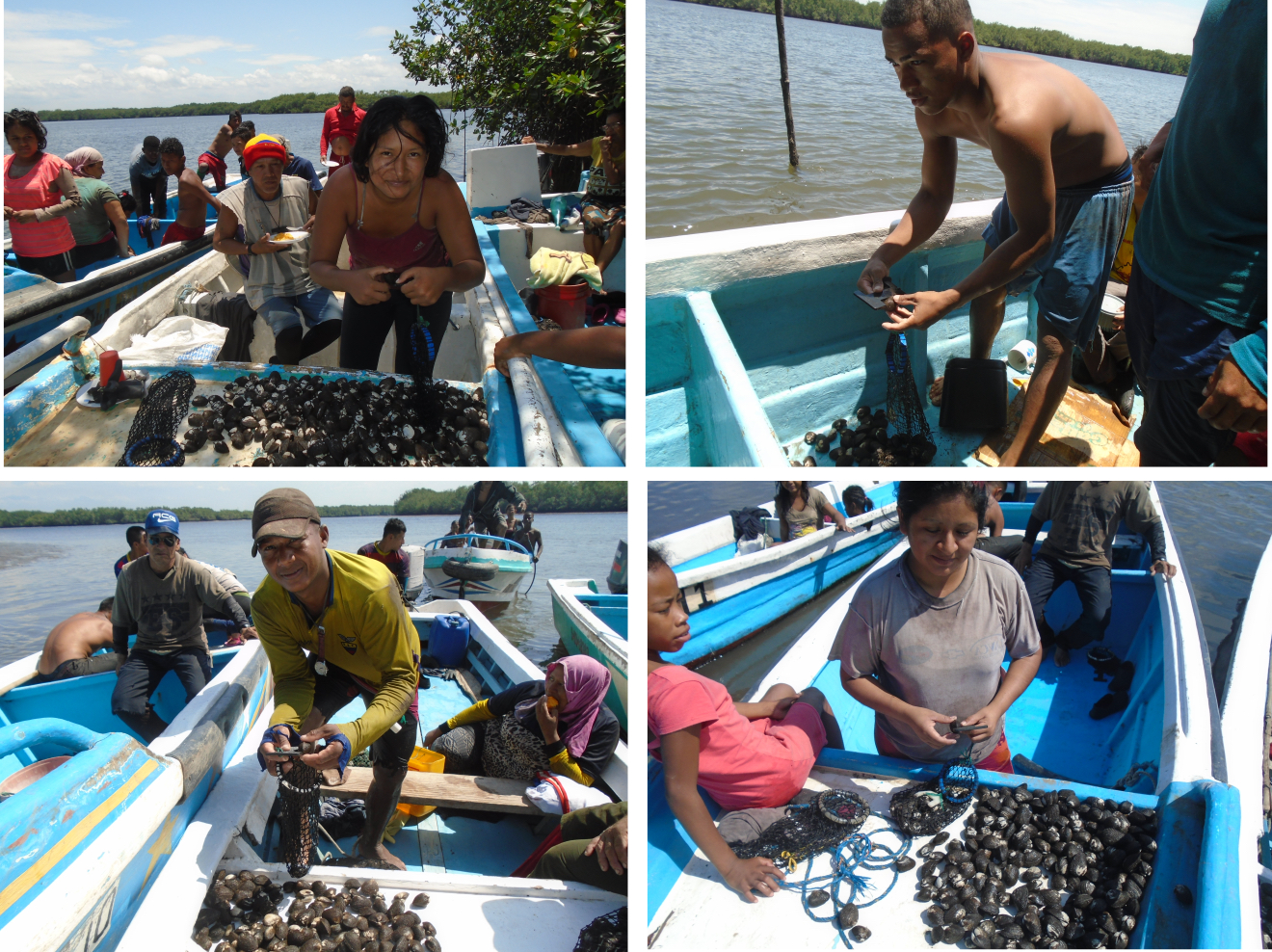The long-term plan of OMY is embodied not merely by one private developer but jointly initiated by a group of public-private stakeholders across the local business districts. Indeed, the Council for Area Development and Management of OMY, being comprised of 68 landowners, 12 observers, and 8 special members in 2016, established the Advisory Committee on OMY Area Development in 1996 together with the Tokyo Metropolitan Government, Chiyoda Ward, and East Japan Railway Company. As the first area management initiative in the country, the Committee regularly updates the guidelines for redevelopment activities since 1998. These guidelines set out 8 development goals, key functions of zones, axes, and hubs, district design standards, and local operation rules for coordinating cityscape, networking public open spaces, and transferring FARs. Furthermore, the committee has introduced a variety of area management and place-making initiatives such as free loop bus service, car-free public spaces, establishment of a district-level association, and various city events.
Large-scale redevelopment projects generally require the complex and painstaking coordination of property rights among various stakeholders. The long-term commitment of major developers and the establishment of horizontal partnerships are essential for intergenerational redevelopments and sustainable area management. Many details of urban design, operation, and place-making efforts must be initiated and guided in local specific ways.
